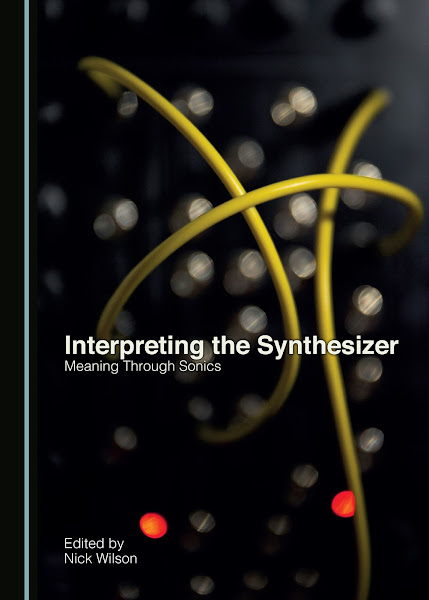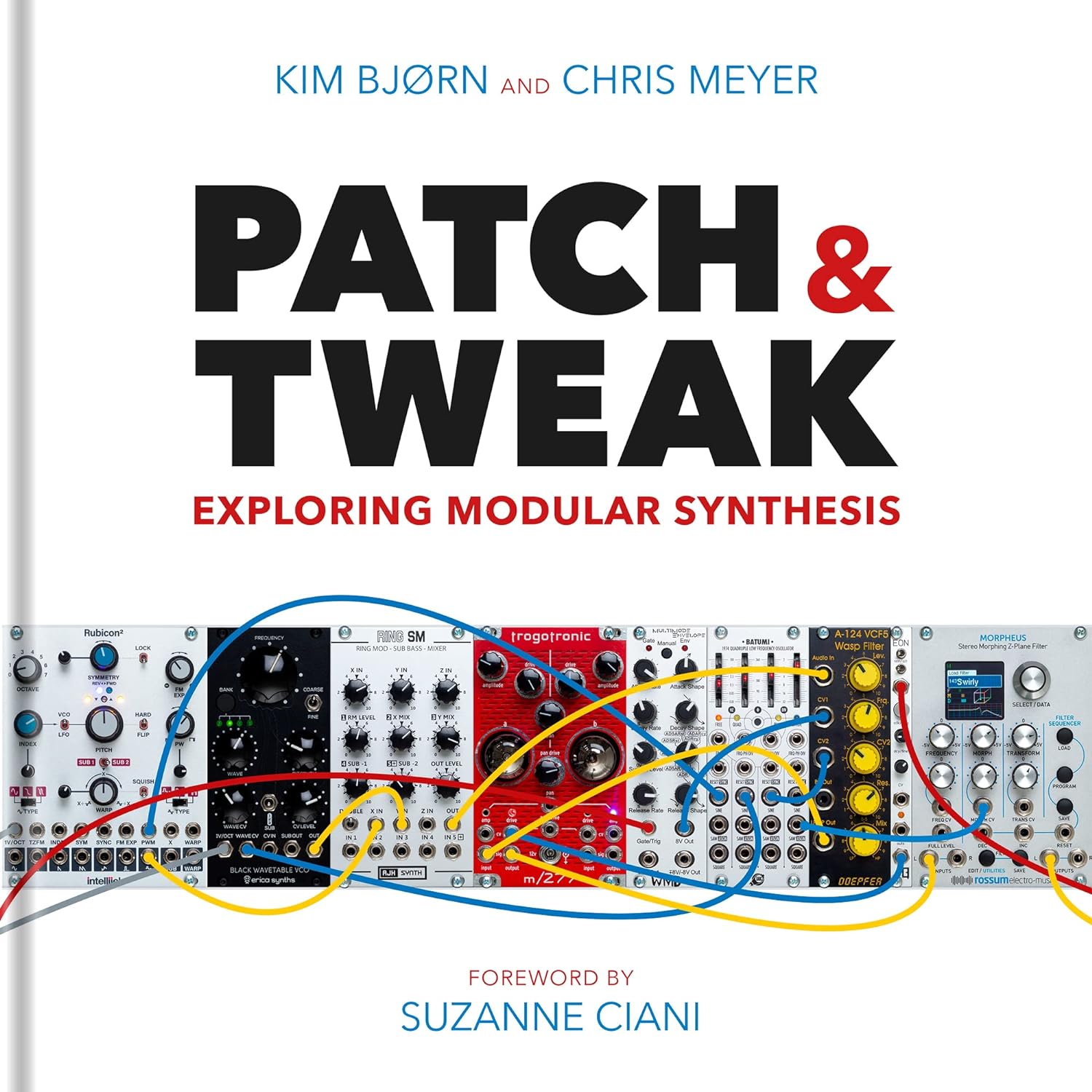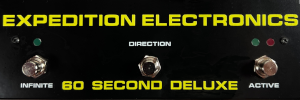 David Hillel Wilson of the New England Synthesizer Museum has been sending tips and info to the AH list for some time now. These tips usually just come in as an informational email about every month or so. I noticed they are informative and not really meant to engage discussion although of course sometimes they do. They are written more like informational pieces. I asked David if he would be interested in having me put them up on Matrixsynth for others as well. He said yes. The following is the first of hopefully many more on Matrixsynth.
David Hillel Wilson of the New England Synthesizer Museum has been sending tips and info to the AH list for some time now. These tips usually just come in as an informational email about every month or so. I noticed they are informative and not really meant to engage discussion although of course sometimes they do. They are written more like informational pieces. I asked David if he would be interested in having me put them up on Matrixsynth for others as well. He said yes. The following is the first of hopefully many more on Matrixsynth."To see if your ARP 2600 needs the filter mod, turn the frequency and resonance both all the way up. If the sound is still low enough in pitch for you to hear, then you need the mod. If your dog starts barking, you don't need the mod.
In order to modify the filter without unsoldering it, I solder 4 5K6 (Green-Blue-Red) resistors in parallel with the existing 4K7s, and on the foil side of the board. This gives a resistance near the value 2K7, which is what ARP used in the Solus, in which they had fixed the filter themselves, so it's still authentic ARP. Unfortunately, I'm not quite sure how to describe which foil traces to solder to (I've done so many of these I now just do it from memory). Try this: Look for the big chip in the middle (two rows of 7 pins each, spaced 1/10 inch apart, with the two rows 3/10 inch apart). Near the 4 corners of this chip (an LM3900/CA3401E), there are four ovals, each made out of two 3 pin transistors that are glued together. Thus, each oval will have 6 points around the edge. Two of these points (the Emitters) are connected together with a diagonal line that cris-crosses the oval. The only other place each foil trace goes is to a single connection - This is one end of the resistor for that oval. four ovals equals four resistors. The other end of each resistor is tied to a foil trace that encircles the whole circuit, but only makes 4 connections (one at each oval) plus one more in the expo converter. Solder a 5K6 resistor from each pair of emitters to the long outside circular trace, and you're done. (Or if you're near New Hampshire U.S.A. or are willing to send the board, I can do it for you).
David Hillel Wilson
Curator
New England Synthesizer Museum."
Image via this post.





































Ok but what is the filter mod suppose to do? He never does explain why one needs to go through all the trouble unless the whole point is to annoy your dog. :D
ReplyDeleteThe second generation 2600 filter had a design defect that limited the bandwidth to something like 8KHz. The simple resister mod brings the filter back to its intended bandwidth.
ReplyDeleteNot mentioned is that the trimmer behind the panel might be set too low or one's hearing not good at high frequencies.
ReplyDeleteMore on the museum -
ReplyDeletehttp://search.retrosynth.com/ah/search/lookit.cgi?-v9809.346
I've read that it was 12kHz, but whatever.
ReplyDeleteWhy does he add 4 resistors in parallel with the existing one, since ONE resistor of a certain value would accomplish the same thing.
I have the CMS Cirocco filter upgrade on my orange and black 2600. I tried the test and I can still hear signal.It's not out of the audio range. Shouldn't the filter upgarde fix the flaw?
ReplyDelete"Why does he add 4 resistors in parallel with the existing one, since ONE resistor of a certain value would accomplish the same thing"
ReplyDeleteI think there are 4 resistors that need to be modified by soldering 4 new resistors in parallel (1 per resistor) to reduce it's resistance. This can also be done as you said by removing the originals and replacing all 4 resistors but desoldering through hole parts isn't always easy and often traces are pulled off in the process.
i think dave should post photos next time he does it. no offense, but it sounds like these directions could mess up a few 2600s since hes not sure how to describe where to do this mod, and also because posting this information without a disclaimer - like "you could really mess up your arp if you dont know what youre doing" - may mislead some people into thinking this is within their skill level when it may not be. but thank you dave for trying. ive seen your posts to AH over the years and youre always very helpful and freely provide useful info.
ReplyDelete